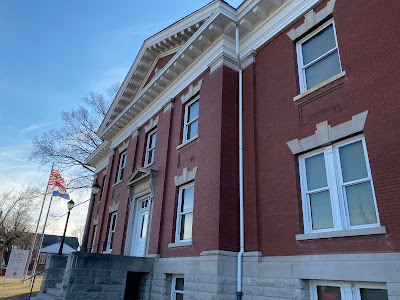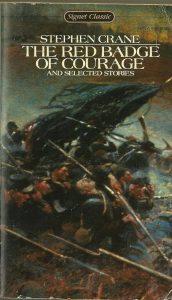
I walked into a John Constable landscape and found hope – in a cemetery.
A bit tired of seeing tourist sights on a recent vacation, my wife and I took a Saturday to explore Hampstead in north London. We’d been here in 2015 for a guided walk about the poet John Keats. Walk, perhaps, isn’t the right word. It was more of a brisk run up and down the hills of Hampstead.
One place I wanted to see during this visit was where our Keats Walk had started – St. John-at-Hampstead Church, also known as the “Keats Church,” even though it was the family of his love interest, Fannie Brawn, who were members. Keats himself never attended. The church does have, however, a bust of the poet.
Unfortunately, the church was closed and locked for the day. A few people were walking by; a couple sat talking on a bench. Instead of leaving, we wandered around the churchyard and its cemetery. The original cemetery is adjacent to the church; a larger and newer extension is across the street.
To continue reading please see my post at Cultivating Oaks.


















